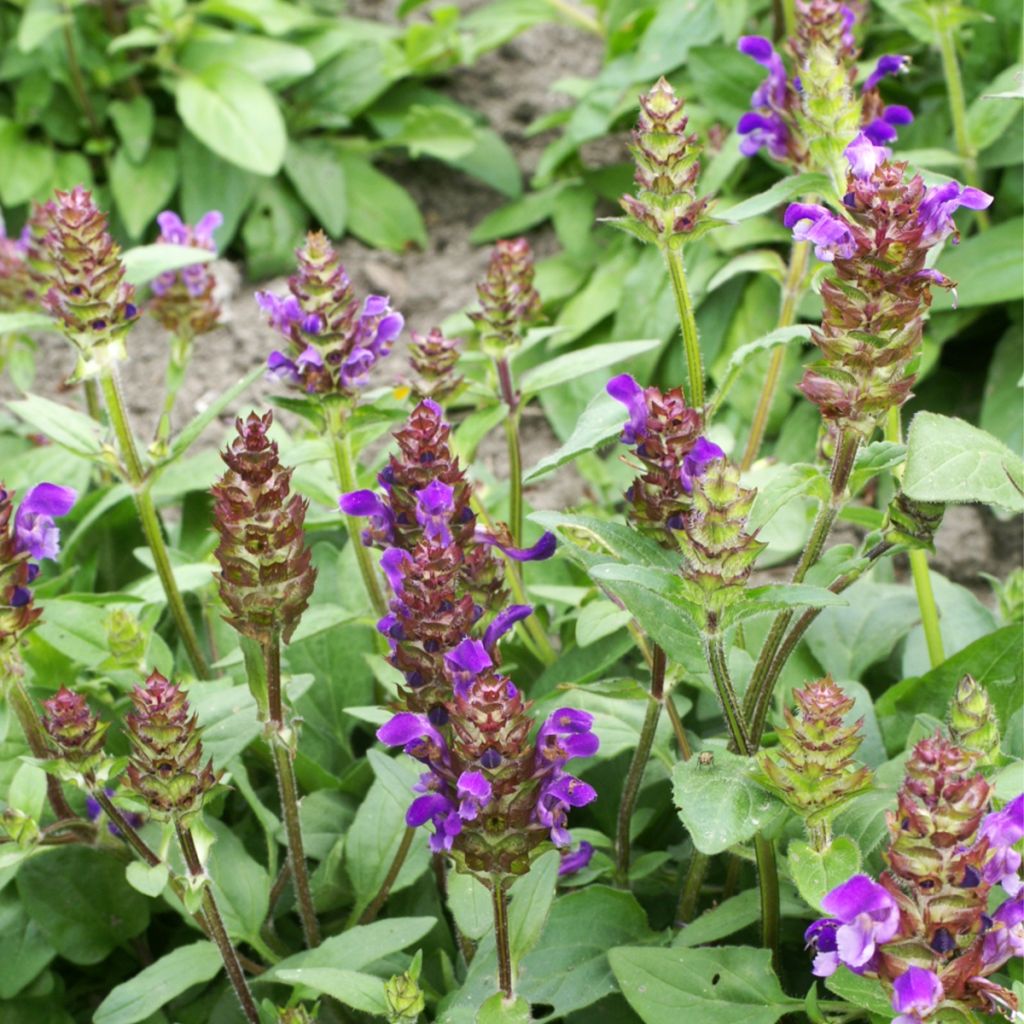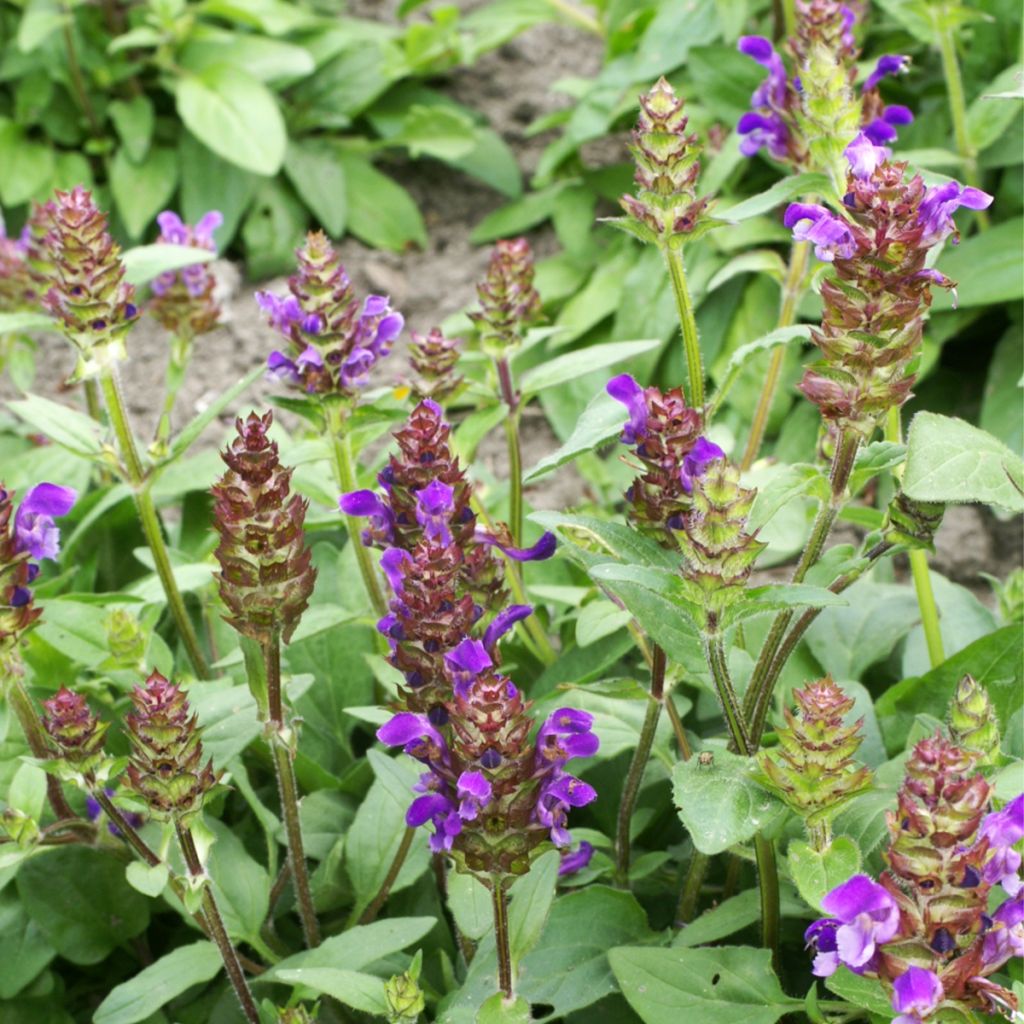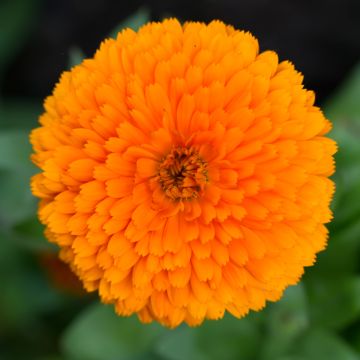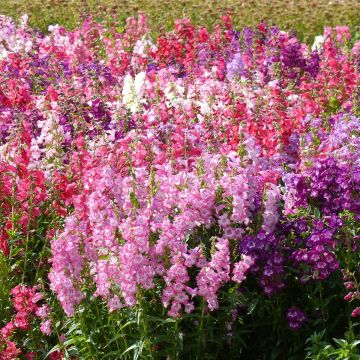

Prunella grandiflora Freelander Blue - Self-heal


Prunella grandiflora Freelander Blue - Self-heal


Prunella grandiflora Freelander Blue - Self-heal
Prunella grandiflora Freelander Blue - Self-heal
Prunella grandiflora Freelander Blue
Large-flowered Self-heal, Large Selfheal
very satisfied
Marie-Pauline C., 07/01/2018
Special offer!
Receive a €20 voucher for any order over €90 (excluding delivery costs, credit notes, and plastic-free options)!
1- Add your favorite plants to your cart.
2- Once you have reached €90, confirm your order (you can even choose the delivery date!).
3- As soon as your order is shipped, you will receive an email containing your voucher code, valid for 3 months (90 days).
Your voucher is unique and can only be used once, for any order with a minimum value of €20, excluding delivery costs.
Can be combined with other current offers, non-divisible and non-refundable.
Home or relay delivery (depending on size and destination)
Schedule delivery date,
and select date in basket
This plant carries a 6 months recovery warranty
More information
We guarantee the quality of our plants for a full growing cycle, and will replace at our expense any plant that fails to recover under normal climatic and planting conditions.
Would this plant suit my garden?
Set up your Plantfit profile →
Description
Punella grandiflora Freelander Blue, also known as Self-Heal or Large-Flowered Self-Heal Freelander Blue, is a beautiful improvement on the wild type. In the year of sowing, it produces compact spikes loaded with deep and bright violet-blue flowers, over a long period. This vigorous and hardy mountain perennial is ideal for rock gardens or sunny borders. It spreads through creeping stems in cool or even rocky and calcareous soils, forming a wonderful blanket adorned with semi-evergreen foliage in a beautiful fir-green colour.
Large-flowered self-heal is a cousin of dead-nettles, salvias, and thymes, belonging to the mint family. It is native to mountainous areas of central and southern Europe, where it grows on calcareous soils in dry and rocky environments. This semi-evergreen perennial develops from a creeping stump, sending up ascending or erect stems that root at the nodes upon contact with the ground. The 'Freelander Blue' variety forms a slightly spreading, ramified basal tuft, 15 cm (5.9 in) tall, slowly spreading over time. It flowers from May to August, about 100 days after sowing. The plant produces short and compact spikes of 2 cm (0.8 in) wide flowers, in a deep violet-blue colour, displayed clearly above its foliage. The leaves are ovate, villous, 3 cm (1.2 in) wide, petiolate, entire or dentate, and strongly veined, in a beautiful dark green colour.
With its compact and ramified habit, the 'Freelander Blue' self-heal is perfect as a ground cover, in borders, rock gardens, or even in containers and pots. The only condition for successful cultivation is to choose a cool, well-drained soil. This self-heal is an award-winning variety that will thrive in sunny or partially shaded exposures. It can be associated with alpine plants such as androsaces, Dianthus erinaceus, erodiums, or perennial Geranium cinereum.
Prunella grandiflora Freelander Blue - Self-heal in pictures


Flowering
Foliage
Plant habit
Botanical data
Prunella
grandiflora
Freelander Blue
Lamiaceae
Large-flowered Self-heal, Large Selfheal
Cultivar or hybrid
Other Thompson and Morgan seeds
View all →Planting and care
Sow your self-heal from January to April. Sow on the surface of good moist compost, in pots or trays. Lightly cover the seeds with a pinch of vermiculite. Place in a propagator or warm place and keep at a temperature of 18-21 °C (64.4-69.8 °F). After sowing, do not block light as it promotes germination. Keep the surface of the substrate moist but not waterlogged; germination usually takes 14 to 21 days.
When the plants are large enough, transplant them into 7.5 cm (3 in) pots or trays. Gradually acclimatise them to outdoor conditions over several weeks before planting out once all risk of frost has passed. Plant them with a spacing of 30 cm (11.8 in) apart, or in pots and containers.
Cultivation:
Self-heal prefers fairly moist but well-drained soils and a sunny or partially shaded exposure. It prefers light soils rich in organic matter, and requires constant moisture during summer. It does not tolerate drought during the flowering period. Remove faded flower spikes after flowering (the plants readily self-seed but lose the characteristics of the variety). When they cover large areas of ground, the plants can be mowed after flowering to remove unsightly flower spikes and maintain an attractive habit.
Sowing period
Intended location
Planting & care advice
-
, onOrder confirmed
Reply from on Promesse de fleurs
Haven't found what you were looking for?
Hardiness is the lowest winter temperature a plant can endure without suffering serious damage or even dying. However, hardiness is affected by location (a sheltered area, such as a patio), protection (winter cover) and soil type (hardiness is improved by well-drained soil).

Photo Sharing Terms & Conditions
In order to encourage gardeners to interact and share their experiences, Promesse de fleurs offers various media enabling content to be uploaded onto its Site - in particular via the ‘Photo sharing’ module.
The User agrees to refrain from:
- Posting any content that is illegal, prejudicial, insulting, racist, inciteful to hatred, revisionist, contrary to public decency, that infringes on privacy or on the privacy rights of third parties, in particular the publicity rights of persons and goods, intellectual property rights, or the right to privacy.
- Submitting content on behalf of a third party;
- Impersonate the identity of a third party and/or publish any personal information about a third party;
In general, the User undertakes to refrain from any unethical behaviour.
All Content (in particular text, comments, files, images, photos, videos, creative works, etc.), which may be subject to property or intellectual property rights, image or other private rights, shall remain the property of the User, subject to the limited rights granted by the terms of the licence granted by Promesse de fleurs as stated below. Users are at liberty to publish or not to publish such Content on the Site, notably via the ‘Photo Sharing’ facility, and accept that this Content shall be made public and freely accessible, notably on the Internet.
Users further acknowledge, undertake to have ,and guarantee that they hold all necessary rights and permissions to publish such material on the Site, in particular with regard to the legislation in force pertaining to any privacy, property, intellectual property, image, or contractual rights, or rights of any other nature. By publishing such Content on the Site, Users acknowledge accepting full liability as publishers of the Content within the meaning of the law, and grant Promesse de fleurs, free of charge, an inclusive, worldwide licence for the said Content for the entire duration of its publication, including all reproduction, representation, up/downloading, displaying, performing, transmission, and storage rights.
Users also grant permission for their name to be linked to the Content and accept that this link may not always be made available.
By engaging in posting material, Users consent to their Content becoming automatically accessible on the Internet, in particular on other sites and/or blogs and/or web pages of the Promesse de fleurs site, including in particular social pages and the Promesse de fleurs catalogue.
Users may secure the removal of entrusted content free of charge by issuing a simple request via our contact form.
The flowering period indicated on our website applies to countries and regions located in USDA zone 8 (France, the United Kingdom, Ireland, the Netherlands, etc.)
It will vary according to where you live:
- In zones 9 to 10 (Italy, Spain, Greece, etc.), flowering will occur about 2 to 4 weeks earlier.
- In zones 6 to 7 (Germany, Poland, Slovenia, and lower mountainous regions), flowering will be delayed by 2 to 3 weeks.
- In zone 5 (Central Europe, Scandinavia), blooming will be delayed by 3 to 5 weeks.
In temperate climates, pruning of spring-flowering shrubs (forsythia, spireas, etc.) should be done just after flowering.
Pruning of summer-flowering shrubs (Indian Lilac, Perovskia, etc.) can be done in winter or spring.
In cold regions as well as with frost-sensitive plants, avoid pruning too early when severe frosts may still occur.
The planting period indicated on our website applies to countries and regions located in USDA zone 8 (France, United Kingdom, Ireland, Netherlands).
It will vary according to where you live:
- In Mediterranean zones (Marseille, Madrid, Milan, etc.), autumn and winter are the best planting periods.
- In continental zones (Strasbourg, Munich, Vienna, etc.), delay planting by 2 to 3 weeks in spring and bring it forward by 2 to 4 weeks in autumn.
- In mountainous regions (the Alps, Pyrenees, Carpathians, etc.), it is best to plant in late spring (May-June) or late summer (August-September).
The harvesting period indicated on our website applies to countries and regions in USDA zone 8 (France, England, Ireland, the Netherlands).
In colder areas (Scandinavia, Poland, Austria...) fruit and vegetable harvests are likely to be delayed by 3-4 weeks.
In warmer areas (Italy, Spain, Greece, etc.), harvesting will probably take place earlier, depending on weather conditions.
The sowing periods indicated on our website apply to countries and regions within USDA Zone 8 (France, UK, Ireland, Netherlands).
In colder areas (Scandinavia, Poland, Austria...), delay any outdoor sowing by 3-4 weeks, or sow under glass.
In warmer climes (Italy, Spain, Greece, etc.), bring outdoor sowing forward by a few weeks.




















































